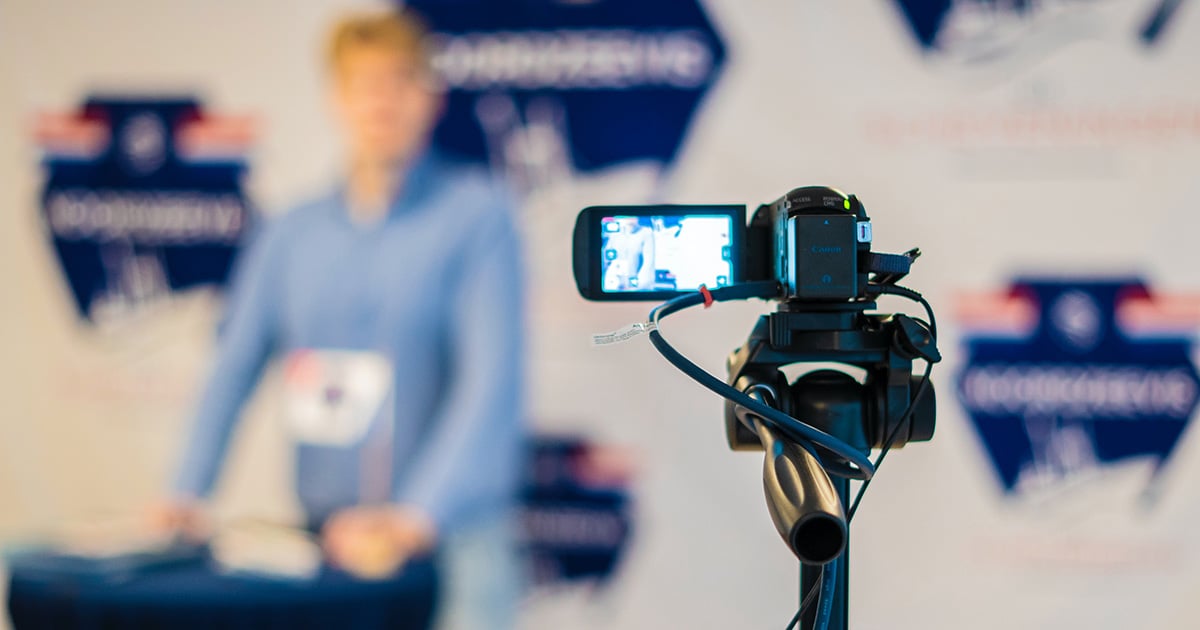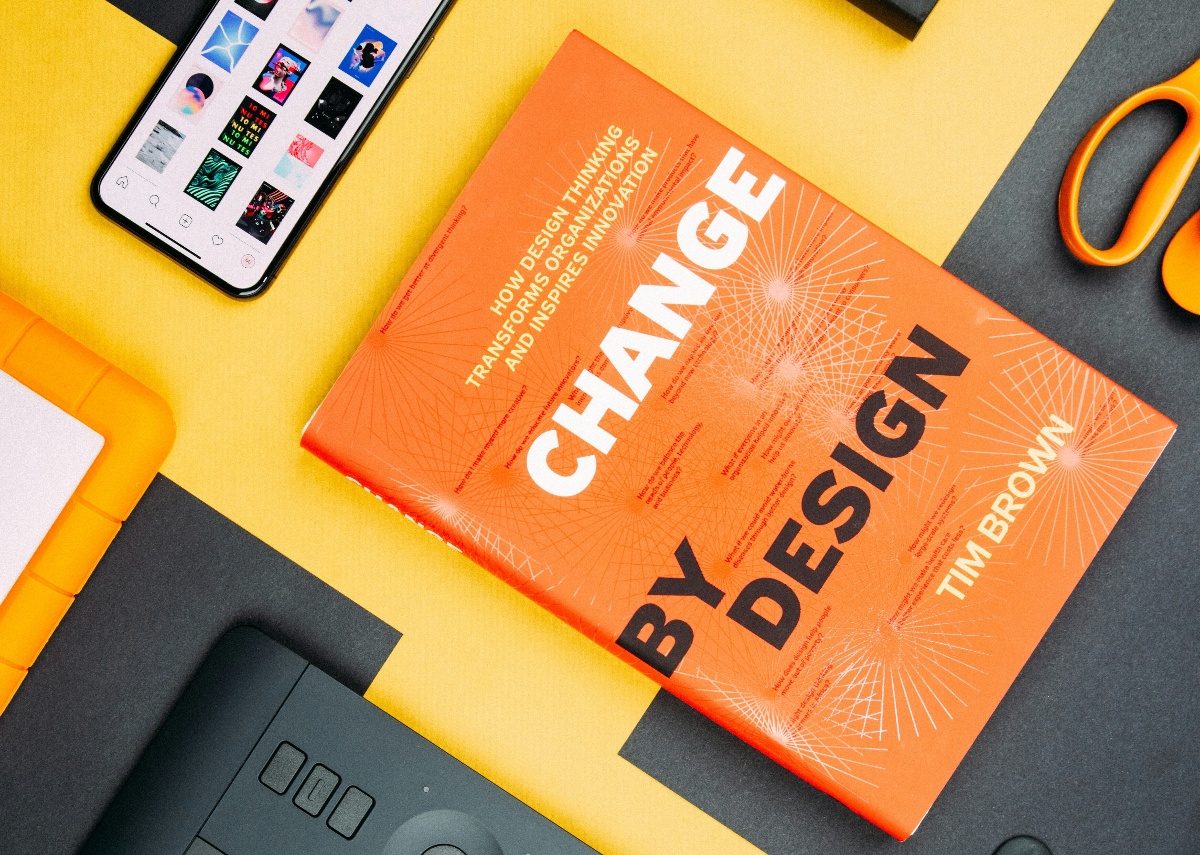
Three Innovations That Are Changing the Way We Think
Bucky Dodd, Ph.D.
I was packing for an extended trip a few weeks ago and began to go through the various technologies and devices I had accumulated in my backpack to prepare for my travels. Some were for creating, listening, writing, and even sleeping. What struck me was the number of “technologies” I had gathered to help me think.
I had gathered notebooks, digital tablets, analog books, and plenty of batteries and chargers to help these devices stay on. This prompted a line of thinking that actually consumed me during most of the trip.
How do innovations change the way we think? There’s an argument to be made here that thinking is both an individual and group process. It’s more than just consuming information, but rather how we transition information to insights, move ideas to action, and connect opportunities.
In this article, I highlight three innovations that are already changing the way we think. The implications of these innovations are important for leaders, marketers, learning and performance professionals, and learners. These innovations fundamentally shape the way people learn, influence, and lead.
Innovation #1: Personalization
The moment you purchase something on Amazon, you’re engaged in a personalized experience. Your interests and past interactions with the website define your future experience. While this personalization certainly offers a customized and convenient experience, does it help us think?
Personalization is the process of using data to customize the way people experience a product or service.
Arguably, Amazon wants to accelerate your thinking to making a purchase decision. It serves this role quite well. Other technologies like Google that use big data to personalize experiences apply these similar principles to search and information access.
While personalization offers incredible potential and benefit on many levels, we should also look at what role personalization technologies and experiences serve to help us think more deeply and to understand problems from multiple perspectives. As leaders, our primary goal should be to leverage personalization to augment thinking and learning, not replace it.
Innovation #2: Visualization
Humans have been visualizing information for centuries. For example, the visualization and presentation of data has formed the basis of modern scientific discovery. The role visualization plays in supporting thinking is profound.
Great attention has been given in recent years to developing technologies and methods that support display and interaction with data.
For example, personal fitness tracking devices provide a means to record and track wellness data. This visualization is then used to help people make healthy choices about their fitness and wellness goals. In this example, the visualization allows us to think on a deeper level about fitness experiences supported by evidence.
Innovations in visualization provide opportunities to explore and identify trends otherwise not possible. This offers a type of thinking and decision-making framework that values context and evidence over intuition. For leaders, visualization provides a window into complex problem solving opportunities that requires objective and creative thought.
Innovation #3: Wearable Technologies
The third innovation discussed here is wearable technologies. This classification of technologies is defined by wearing and using technologies to augment everyday tasks.
The recent popularity and adoption of smart watches is an example of wearable technologies gaining traction in the consumer market. These devices provide real-time data and access to communication opportunities right from the wrist.
Wearable technologies have closed the gap between thinking and access to information and data. The proximity and integration of the information into everyday activities creates an “always connect” mindset for many people.
This obviously has major implications on the way people learn, influence, and lead. For some, this can cause major distractions, taking away from cognitive processing abilities.
In contrast, access to learning supports delivered through wearable technology can have profound human performance benefits by reducing the distance between access to information and use of information.
The real-time access to data provides opportunities to better influence change.
Wearable technologies offer leaders new opportunities to design learning and work environments that enable information access and performance support in integrated ways. This blurs the lines between learning and work and places the tools needed to perform a task or make a decision directly in the context of that situation.
Implications for Leaders and Influencers
Personalization, visualization, and wearable technologies are three innovations that are already having a profound influence on the nature of learning, influence, and leadership. As a leader and change agent, these innovations offer unmatched potential for creating the next generation of learning and work environments.
One of the more important and fundamental responsibilities of leaders and change agents is to design environments that support learning and growth. At the core of this is helping people think in new and deep ways.
This article highlights important ways these three innovations are shaping how people think. The real impact of these innovations in not in the innovation itself, but rather the intentional and thoughtful ways leaders design learning and work environments that are support of personal and organizational growth.
Subscribe To Our Blog
Most Popular
Post By Topic
- associations (2)
- blended learning (2)
- CLEA (3)
- community of practice (1)
- Continuous Improvement (1)
- covid (1)
- culture (1)
- customer engagement (1)
- Design Studio Session (7)
- designcast (2)
- E-Learning (2)
- engagement (1)
- equity (1)
- ILED (6)
- ILED Designcasts (4)
- Innovation (4)
- learning design (25)
- learning enviroments (22)
- learning innovation, (4)
- Learning Strategy (8)
- LEM Techniques (3)
- micro-credential (17)
- Powered by LEM (5)
- professional learner (2)
- Show Notes (4)
- Skills Gap (2)
- technology (3)
- Uncategorized (11)
- video (1)
- visualization (10)
- Workshops (1)





